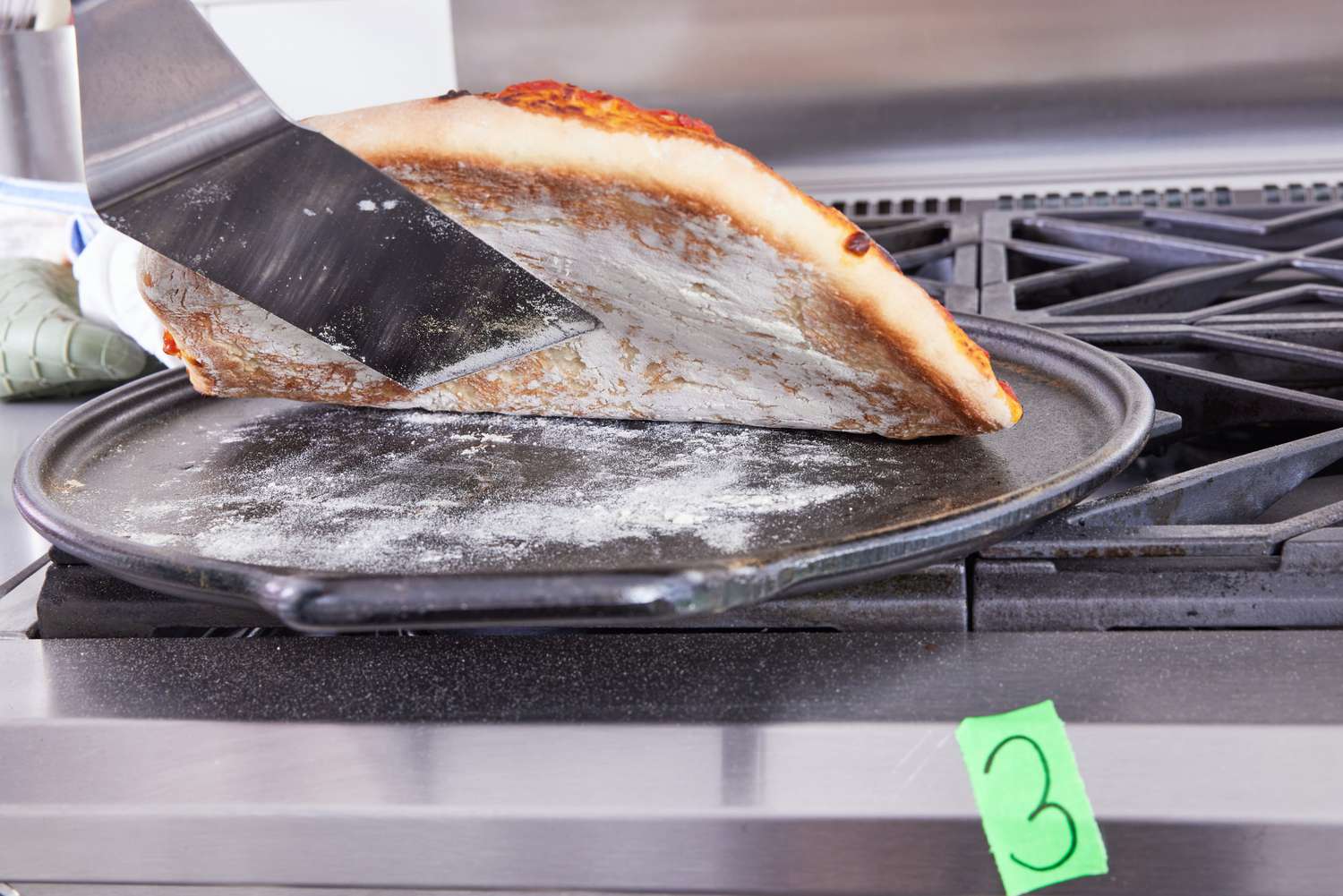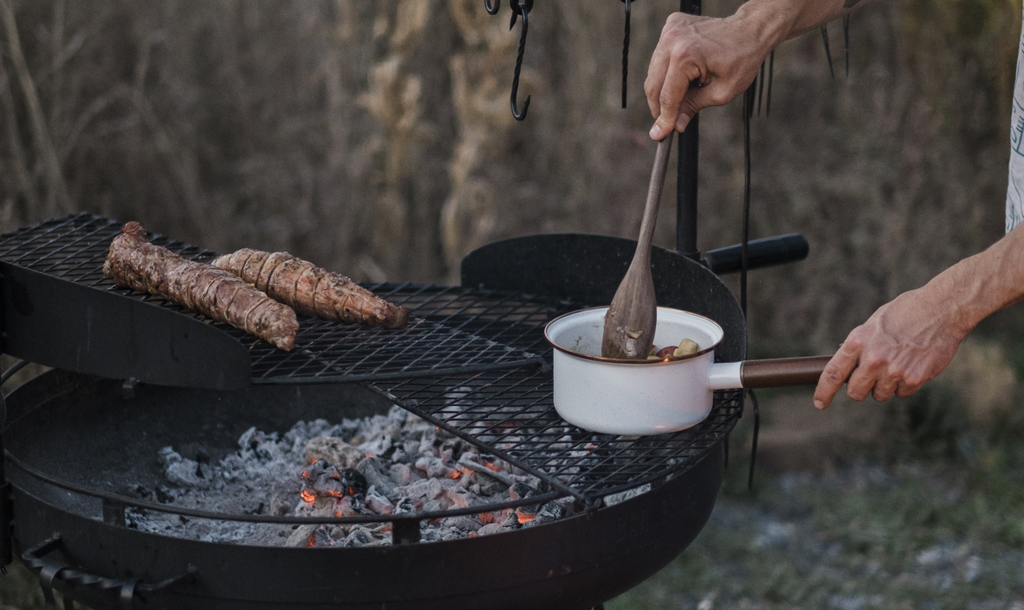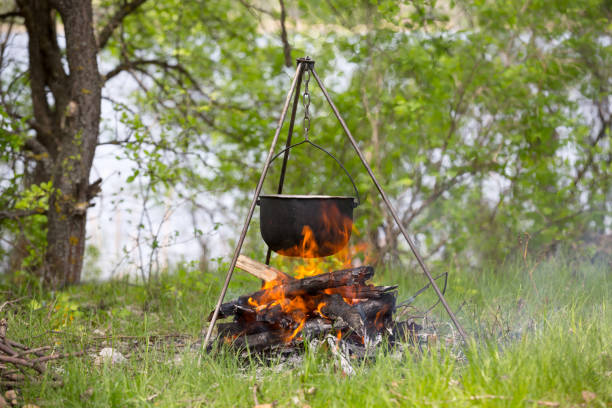The culinary world is filled with a myriad of tools and techniques that can elevate dishes to extraordinary levels. Among these, the baking stone has established itself as a crucial asset for kitchen professionals. Grasping the heat tolerance of baking stones is essential for any passionate chef or baker striving for perfection. Often underestimated, the thermal capacity of a baking stone can greatly influence the outcometurning fine ingredients into a delectable, golden-brown treat, rather than a disappointing, soggy creation.
A thorough examination of the features, advantages, and proper usage of a baking stone highlights its significance in kitchens around the globe. Understanding the heat tolerance of these stones not only enhances the quality of baked goods but also prolongs the lifespan of this valuable kitchen tool. Join us as we delve into the way baking stones absorb, retain, and evenly distribute heat.
What Exactly Is a Baking Stone?
A baking stone, commonly known as a pizza stone, serves as a portable cooking surface for various baked goods. It replicates the effects of a traditional brick oven, cherished for its capacity to maintain high temperatures. **Baking stones** can be constructed from different materials like ceramic, cordierite, and clay, each providing unique benefits concerning heat tolerance and thermal conductivity. These stones, being denser than metal pans, ensure even heat distribution, leading to consistently well-browned crusts. Additionally, their porous surfaces absorb moisture, resulting in a crispier crust for pizzas, breads, or pastries.
Heat Tolerance Defined
Heat tolerance denotes the maximum temperature a material can endure without compromising its structural integrity or functionality. For baking stones, this attribute is vital. Most baking stones can withstand high temperatures above 500F, with some specialized varieties capable of enduring temperatures as high as 900F. Likewise, **thermal shock resistance** is a crucial factor, enabling the stone to handle rapid temperature fluctuations without cracking, although it's advisable to preheat gradually.
Boosting Baking Efficiency and Outcomes
The standout quality of a baking stone lies in its efficiency. Its high heat tolerance allows it to retain heat over extended periods, significantly reducing cooking times. This exceptional thermal retention aids in achieving the desired oven spring for your breads and pizzas. Therefore, many professional bakers deem them essential.
Utilizing the stone correctlywhether it's preheating it to temperatures above 450F before placing the dough or leveraging its retained heat for consecutive baking sessionscan dramatically improve results. It's worth mentioning that the heavier the stone, the better its heat retention typically is.
Materials and Their Heat Tolerance
Each material used in crafting a baking stone has its unique advantages. Cordierite is renowned for its excellent thermal shock resistance, allowing it to cope with sudden changes in temperature. Clay, on the other hand, requires proper seasoning and a gradual preheat to prevent breakage. Ceramic stones are often noted for their remarkable capability to handle high temperatures without the risk of damage. Understanding these diverse materials helps in choosing the most suitable stone for a professional kitchen's specific requirements.
Maintaining Your Baking Stone
Proper care is essential to prolong the life of a baking stone. Avoid exposing it to abrupt temperature variations, such as placing a cold stone directly into a hot oven. After use, allow it to cool down gradually. For cleaning, you can scrape off any leftover food particles with a spatula and occasionally wash it with warm waterabstaining from soap. For more detailed care tips, refer to our cleaning guide.

Frequently Asked Questions
What temperature can a baking stone tolerate?
Most baking stones are built to withstand temperatures of at least 500F, while some can be used at temperatures up to 900F or higher.
Why is my baking stone cracking?
Cracks in a baking stone typically arise from thermal shock or exposure to moisture. Gradual preheating helps in preventing such issues.
How should I clean my baking stone?
To clean the stone, use a spatula to remove residue, wash it with warm water (avoiding soap), and ensure it is completely dry before storing.
By mastering the heat tolerance of baking stones, kitchen professionals gain a crucial advantage in crafting outstanding breads and pizzas. The knowledge on its application and maintenance can elevate simple recipes into culinary masterpieces, encouraging enthusiasts to embrace this timeless kitchen essential. For additional insights on the versatility of baking stones, check out this informative article on pizza stones.
This article contains affiliate links. We may earn a commission at no extra cost to you.






Leave a comment
This site is protected by hCaptcha and the hCaptcha Privacy Policy and Terms of Service apply.